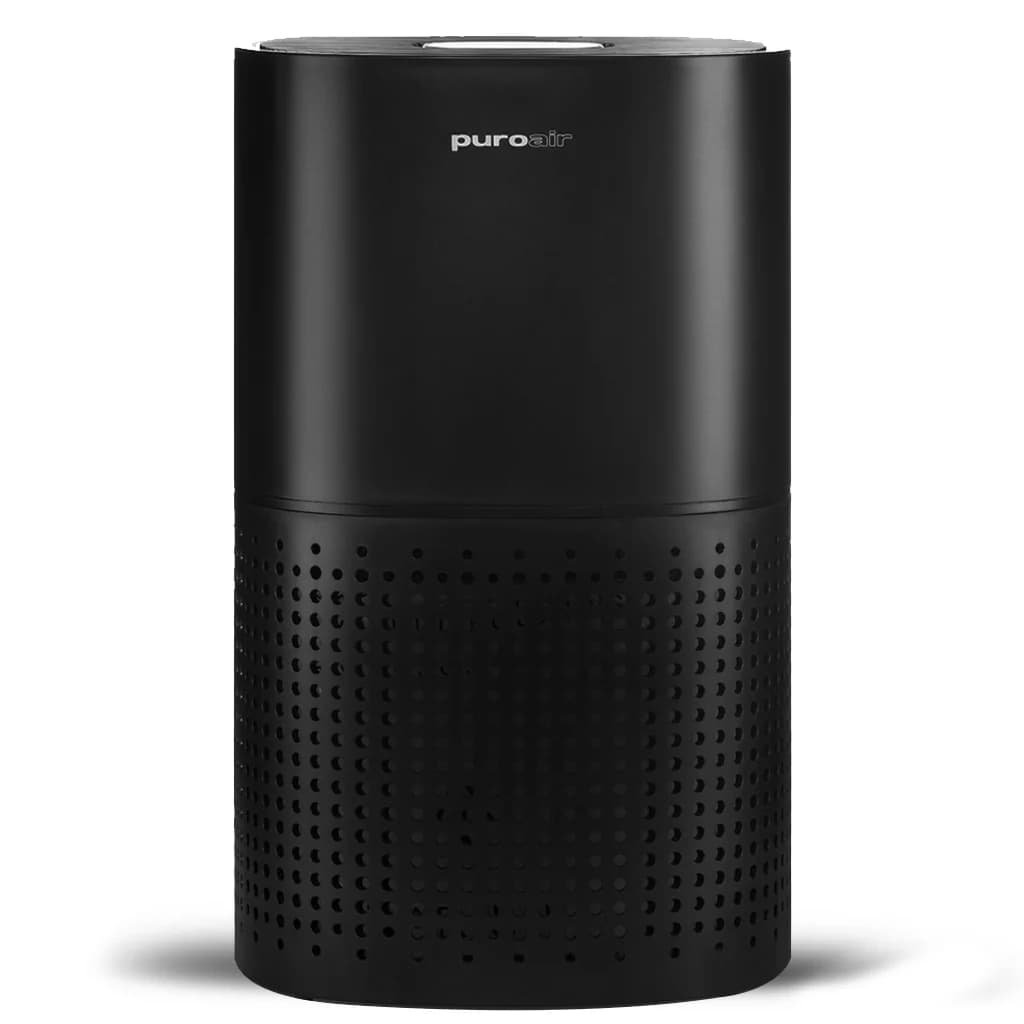What The Future Of HR Looks Like

Article by: Vic Womersley and Natalie Abemayor
The modern workplace is changing thanks to the adoption of new technologies and flexible working hours. Additionally, a sharper focus on safety, inclusion, and innovation is helping companies attract top talent.
Imagine, for example, that your business centers around manufacturing different products. If your team works alongside autonomous machinery, they bear the risk of injury. Choosing to take a reactive, rather than proactive, approach to workplace safety, means you risk the well-being of your employees.
Doing so could have a negative impact on your retention rates and productivity levels. Financially, as one work injury lawyer in Philadelphia explains, you could be responsible for paying up to 500 weeks of compensation to injured employees. This could leave a sizeable dent in anyone’s bottom line.
Human resources (HR) teams will need to evolve to support businesses and employees in new ways. Putting an emphasis on health and safety training is just one way to do so.
Below are five developments businesses can expect HR teams to implement over the coming years. Doing so will allow them to keep up with employee expectations and the changing face of workplaces around the world.
An Increase in Flexible Work Arrangements
As employees of all kinds seek to find a better balance between their working and personal lives, flexible work arrangements will become increasingly common. The standard eight-hour workday is becoming a thing of the past as more people choose to telecommute or work longer days and shorter weeks. Job sharing is also growing in popularity, which consists of splitting one role between two people.
In turn, the expectation for flexible hours or remote work is shaping how employees’ roles are created. Businesses that don’t offer flexible work arrangements are putting themselves at a disadvantage in terms of recruiting and retaining top talent.
Fortunately, the proliferation of digital tools such as CRM software, project management tools, video conferencing, and smartphones has made remote work and flexible office hours increasingly possible. People no longer have to work from a central location for their employers to be sure they are actually being productive. This year, as many as half of all Americans are expected to work remotely for at least part of the week.
Changing Organizational Structures
Along with a change in working practices and hours comes the development of cross-functional teams to replace the older top-down management hierarchies. HR departments will need to organize and engage employees to form networks that cooperate and collaborate for better and smarter ways of working. Another benefit of this practice is an increase in productivity.
It’s important to support the devolved decision-making approach to teams and allow them to operate effectively. In order to do so, HR professionals will need to ensure these units incorporate a range of skills and personalities to optimize work relationships and enable them to deliver on projects of all kinds.
Better Tools for Collaboration and Supportive Work Environments
HR departments will need to utilize a range of digital tools to support the trend toward increased collaboration and innovation. Digital platforms, wearable tech, and even virtual reality are being leveraged. These new technologies serve to enhance collaboration, enable remote work, and provide safe and efficient training for employees.
HR teams will need to come to grips with these technological developments in order to support their own function within the business. Not only that, but these advancements can also gather useful data and gain meaningful insights that can be used to improve business processes. This will increase the company’s ability to innovate and create value for both customers and employees.
Learning and Development Opportunities
Web-based and mobile applications, along with augmented and virtual reality tools, are making it possible for employees to access information and instructions as needed. It is critical that HR departments ensure employees are able to access the information and knowledge they need to be successful in their roles no matter where or when they need it.
Performance and learning are closely linked; having content easily available will drive employee engagement and development. It will also empower people at all levels of an organization to learn new skills quickly and much more efficiently.
Engaging Workers with More Than a Salary
As well as expecting a flexible work schedule, people are now looking for roles that provide more than just a regular salary. HR teams will need to work hard to provide opportunities for employees to connect with the business on a more meaningful level. It’s equally important to highlight the purpose of the offered role and explain how it fits with the business’ aims.
Opportunities for growth and challenging work, a better fit for skills, and a company’s culture were rated almost as highly as remuneration by respondents to LinkedIn’s talent survey last year. To attract and retain staff, HR professionals will do their best by remaining transparent when recruiting new prospects and authentic in their communication.

